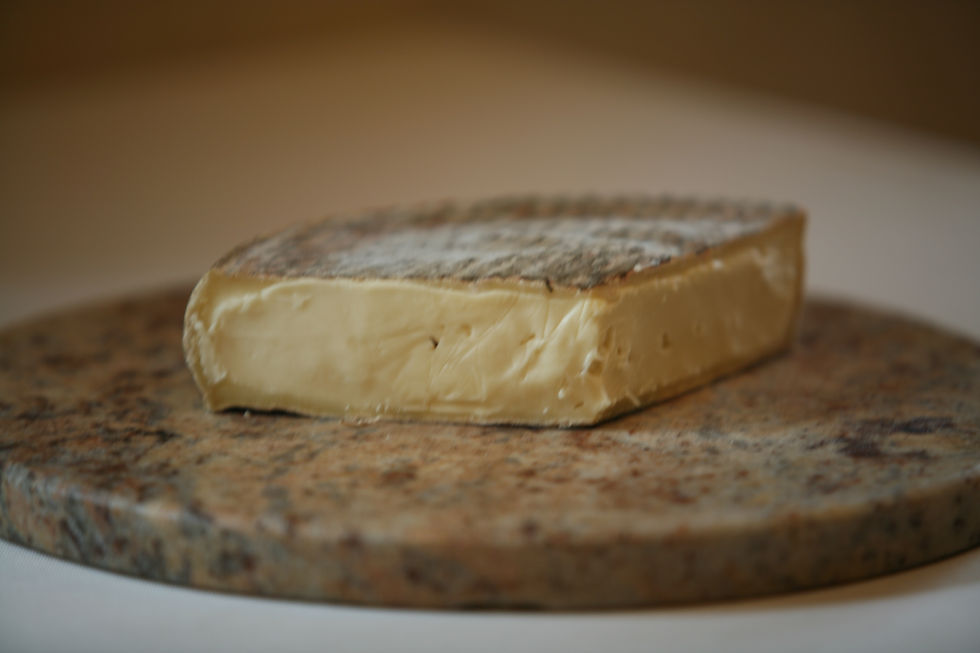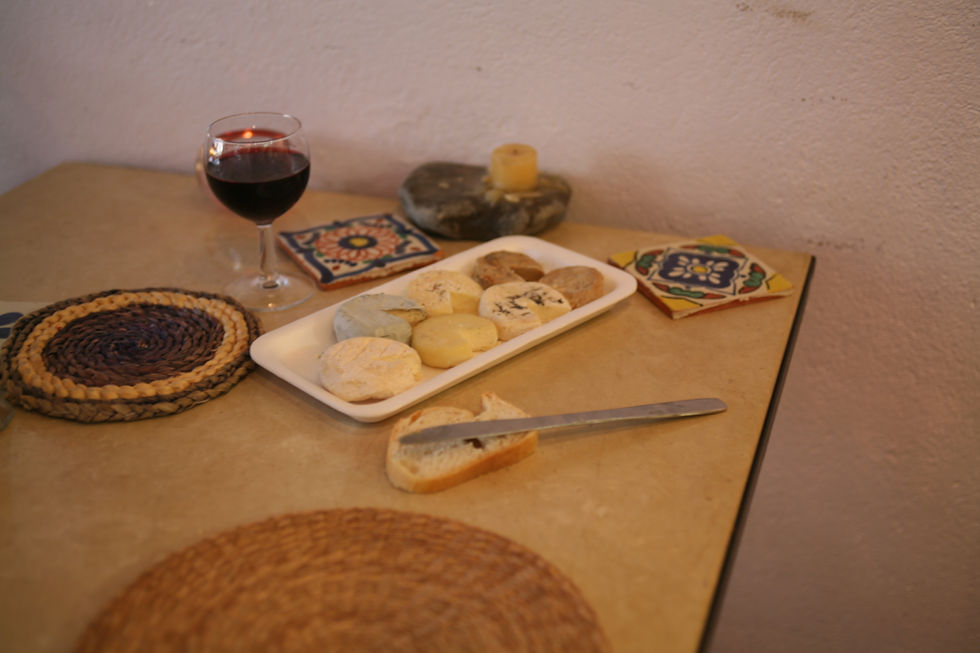(4) Saint-Nectaire
- C Demeyer
- Nov 14, 2021
- 3 min read
Updated: Jan 3, 2022
A cheese that I have known for a long time, it has many looks within its own formats but is always satisfying. It is an easy cheese to like, and I do very much, because it is soft, of taste and texture, and has a touch of cellar feel with an earthy touch. And of course, it is from Auvergne in the middle of France.
The history of Saint-Nectaire dates at least from the middle-ages when farmers used to pay their taxes to their landlords in cheese, the precursors of the future Saint-Nectaire. In the seventeenth century it was lauded by Pierre Audiger, from Clermont-Ferrand, in his “history of Auvergne”. However, it officially took its name when it was resented to the table of Louis XIV, the Sun King of France, by Marshal Henri Duc de la Ferté-Senneterre (1600-1681). There is similarity with Reblochon de Savoie: in summer when the milk quantity is important production of larger cheese is favoured and during winter it is the turn of the Reblochon, and it was the same in Auvergne with Saint-Nectaire and Cantal. In the next century it was noted in gastronomic books of 1786 and 1787; at that time there were many farms with a few animals, it was rare to see large herd except in institutions and noble estates. After the French Revolution production took off in small farms which were the norm. With a larger output the cheeses were sold “white” at the local markets where specialists of the region bought them and then matured them, they were specialist affineurs and developed their trade. The cheese became widely known within France in the nineteenth century as a result. The women who were making the cheese at the farms progressively adapted their cheesemaking technique and selected the best method for their product. Progressively specialist affineurs dealt directly with the farmers without having to go to markets, they were able to influence quality in selecting only the best cheeses and gave feedback as to their preferences. From the 1960’s industries started to appear in the area and dairies soon started producing Saint-Nectaire. After an agreement between the different producers an official AOC was granted on November 4th, 1957 after the tribunal of Issoire had granted recognition to the cheese in 1955. It became PDO in 1996.

Saint-Nectaire (in need of trimming) just out of the refrigerator.
There are two cheeses from Auvergne that I like best, one is old aged well-matured Salers with a coppery taste, the other is reasonably soft rye matured Saint-Nectaire, both represent very well this area of France that I like very much. The look of Saint-Nectaire is variable, as is the many notable producers be it dairy or farmers, and except for the format which is standardised, it can present a rind with basic colour of cream to beige with an orange tint. On top of this base a soft mould base can be white, brown, or grey of colour, the side of the cheese is never straight, and you can feel the firmness of the paste and judge the maturity and quality of the product this way. It should be soft, and not creamy runny but semi-hard, and it is very easy to cut, just clean the knife afterwards as the surface mould will cling to the metal. The aroma is musty, without the negative connotation, and the taste is similar in a way and very satisfying, reminiscent of a humid cellar with old wine bottles, due in part to the creaminess and sweet lactic flavour of the paste combined with the hint of grass, nuttiness, sweetness. The second taste bring nuances like hay and undergrowth to the forefront with trace of a pear flavour, you must sample some if you do not know it.



Comments